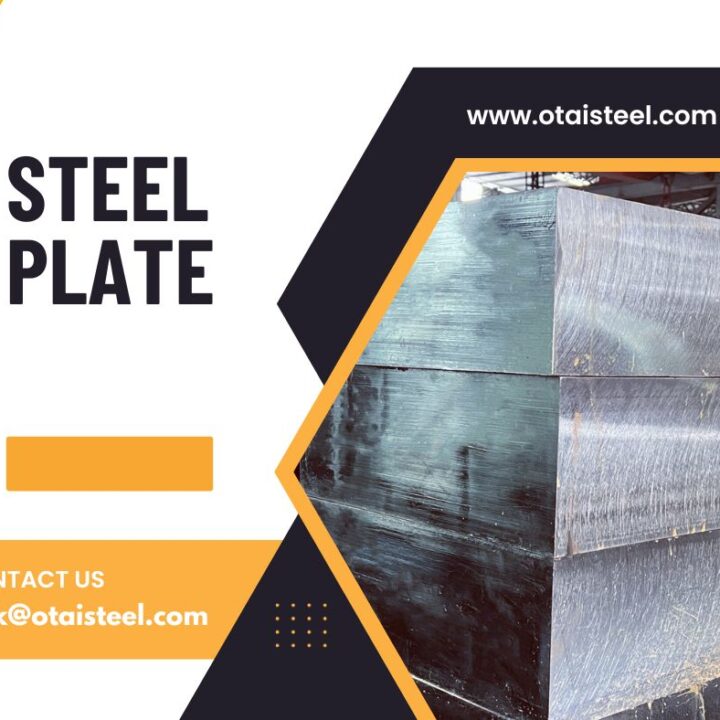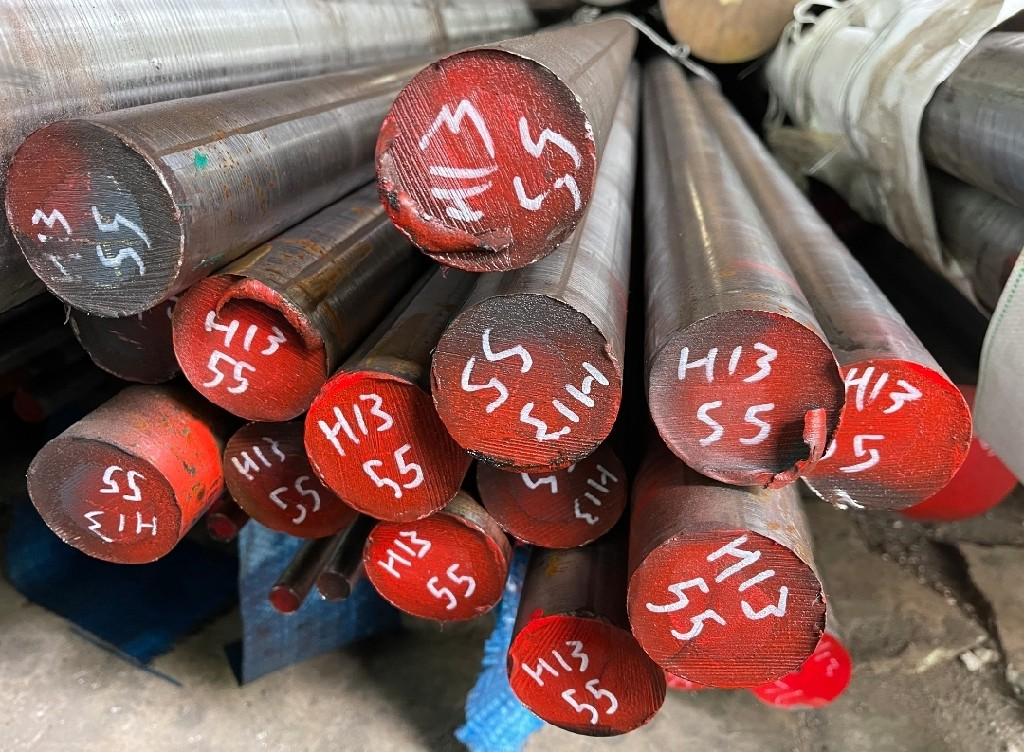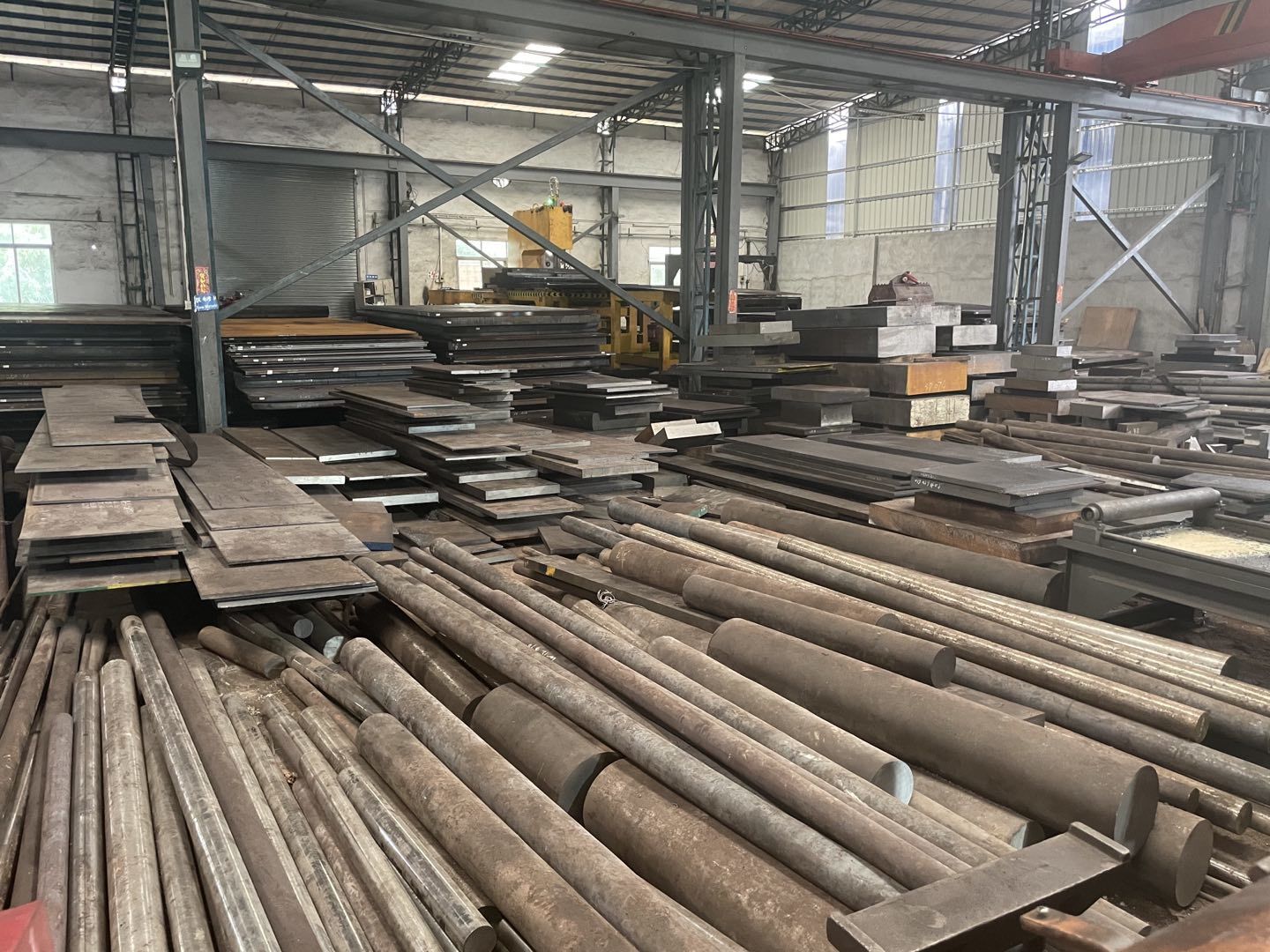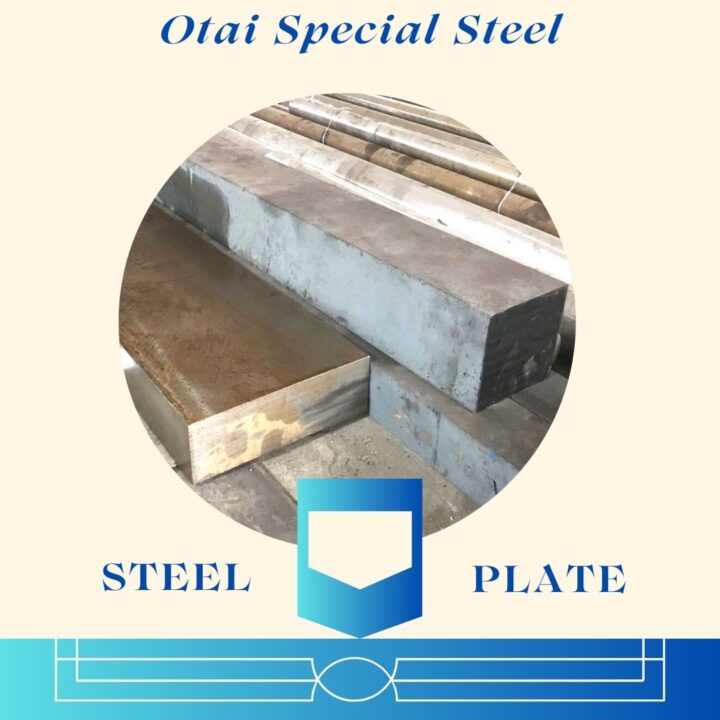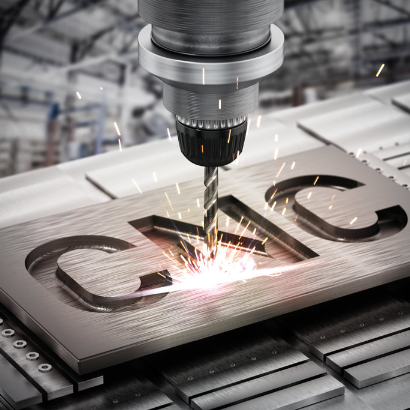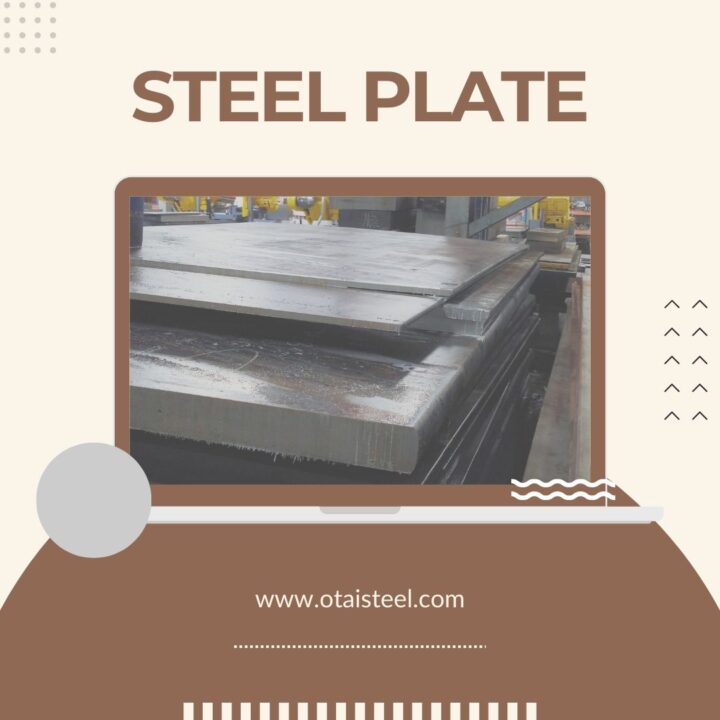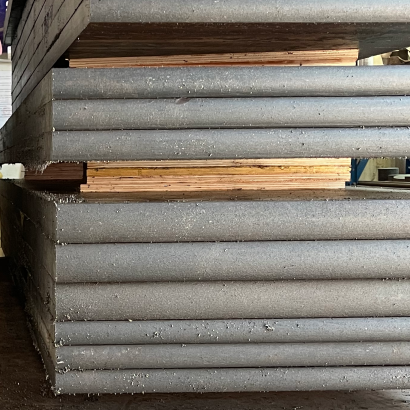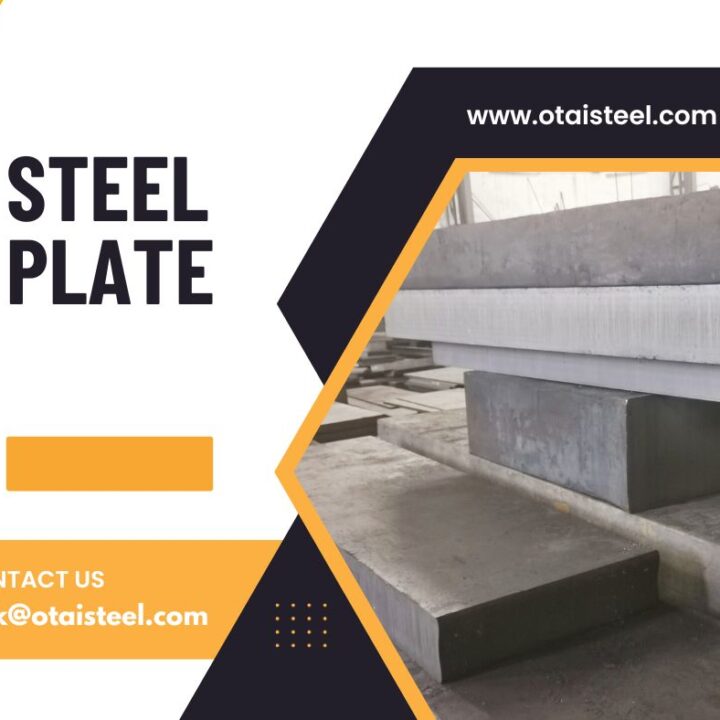Heat treatment is a critical process that can significantly enhance the mechanical properties of steel. When it comes to 4340 steel, heat treatment plays a vital role in optimizing its strength, durability, and overall performance. By subjecting 4340 steel to specific heat treatment processes, its microstructure can be modified, resulting in improved hardness, toughness, and resistance to wear and fatigue.
Heat Treatment of 4340 Steel-Annealing: Improving Machinability
Annealing is a heat treatment process that involves heating the steel to a specific temperature and then allowing it to cool slowly. This process is primarily used to improve machinability, reduce internal stresses, and refine the microstructure of the steel. In the case of 4340 steel, annealing is typically performed by heating the material to a temperature of around 800-850 degrees Celsius (1472-1562 degrees Fahrenheit) and then slowly cooling it in a furnace. Annealed 4340 steel exhibits improved ductility and machinability, making it easier to shape and fabricate.
Heat Treatment of 4340 Steel-Normalizing: Enhancing Uniformity
Normalizing is a heat treatment process that involves heating the steel to a temperature above the transformation range and then cooling it in still air. This process aims to achieve a more uniform microstructure throughout the material, leading to improved strength and toughness. In the case of 4340 steel, normalizing is typically performed by heating it to a temperature of around 870-925 degrees Celsius (1598-1697 degrees Fahrenheit) and allowing it to cool naturally. Normalized 4340 steel exhibits enhanced mechanical properties and a more uniform grain structure, making it suitable for applications that require higher strength and toughness.
Heat Treatment of 4340 Steel-Quenching and Tempering: Strengthening the Steel
Quenching and tempering is a widely used heat treatment process for enhancing the strength and hardness of 4340 steel. It involves two main steps: quenching and tempering. Quenching is the rapid cooling of the steel from a high temperature, typically in a quenching medium such as oil or water. This rapid cooling causes the formation of a hardened structure in the steel. However, the steel becomes very brittle in this state. To restore toughness and reduce brittleness, the steel is then tempered by reheating it to a specific temperature and holding it there for a predetermined time. This tempering process allows for the transformation of the structure, improving the steel’s toughness while maintaining desirable hardness levels. Quenching and tempering are commonly used for applications that require high strength and resistance to wear and impact, such as gears, shafts, and structural components.
Heat Treatment of 4340 Steel-Austempering: Balancing Strength and Ductility
Austempering is a specialized heat treatment process that provides a unique combination of high strength and ductility to 4340 steel. It involves heating the steel to a specific temperature and then quenching it in a bath of molten salt or other suitable medium. The steel is held at the austempering temperature for a specific duration, followed by air cooling. This process results in the formation of a microstructure called bainite, which offers excellent strength and toughness properties. Austempered 4340 steel exhibits enhanced resistance to fatigue, improved impact strength, and good machinability.
Whether it’s enhancing machinability, improving uniformity, strengthening the steel, or balancing strength and ductility, heat treatment is an essential step in maximizing the performance of 4340 steel.
